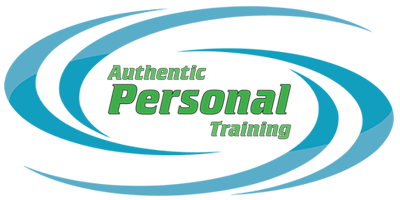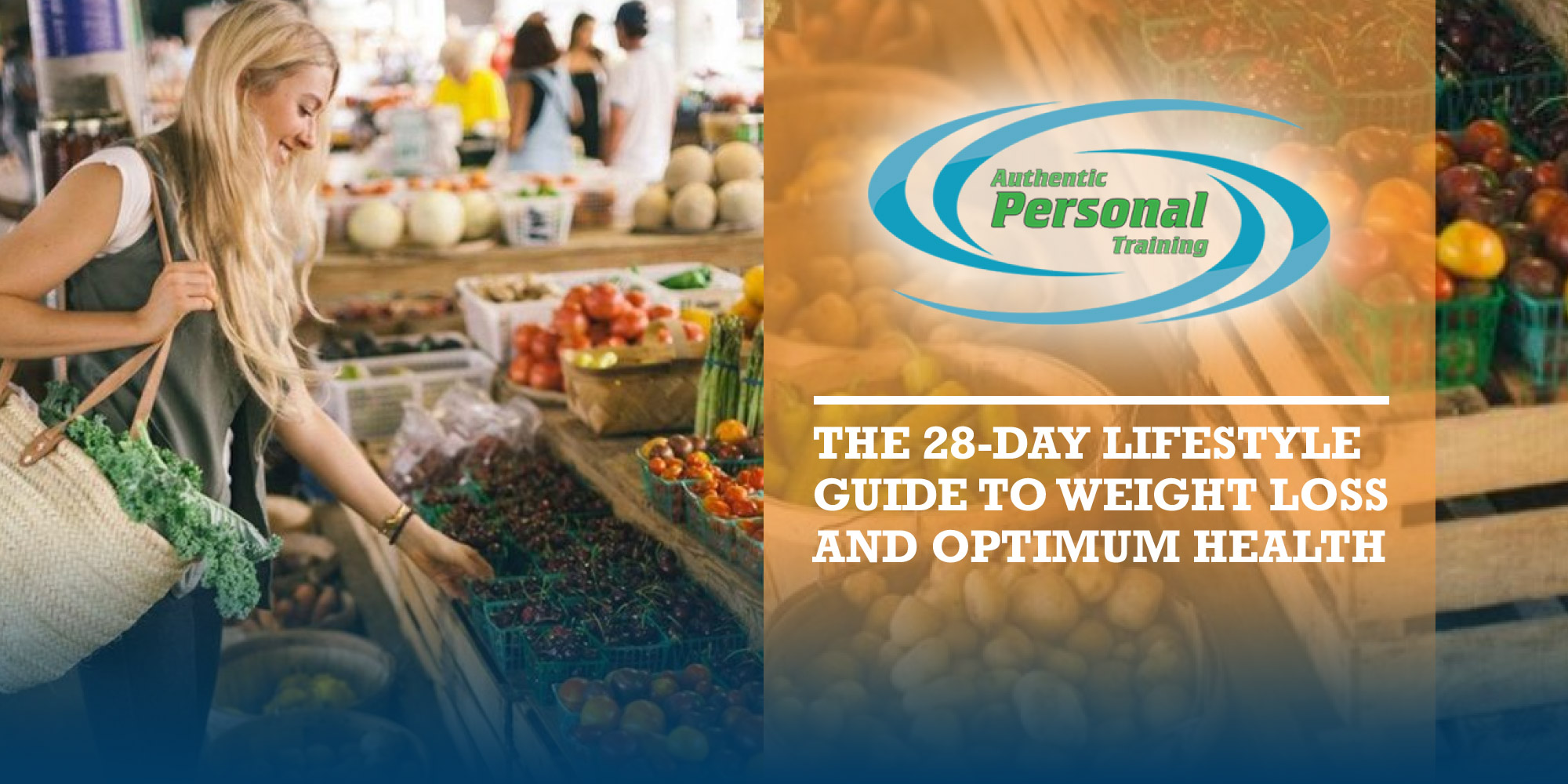Eating healthy is something that is incredibly easy to do, but also incredibly easy not to do. It should not be hard to eat healthy, but in today’s time poor society we have so many other things to worry about. It is very easy to put your own health and fitness further down on the priority list than it should be.
In the previous blog we discussed some simple tips to making nutrition easy. As well as the benefit of food prep and how social media has impacted the perception of food preparation. Today we will finish off the series with a discussion on the costs vs perceived costs of eating healthy as well as some quick and easy recipes.
Please keep in mind that we are not doctors or nutritionists, we are simply reflecting on our 45+ years in the health and fitness industry and the learning’s over that period.
Costs vs Percieved Costs
A consistent comment that we have always been given about eating healthy is that “it is very expensive eat healthy”.
Let’s be clear on one thing from the outset. If you are always looking for the cheapest way to eat, then you will always find a cheaper option than a healthier alternative.
If you wanted to, you could eat $2 frozen meals all the time and not spend much money at all. Most people however, do not want to do this. Why would you? It is incredibly unhealthy.
To get the best out of your body, you need to put the best fuel in. It’s as easy as that.
So the argument of “it is too expensive to eat healthy” is almost redundant if your own health and fitness is a priority.
The majority of people that I talk to about the cost of healthy eating, do not take in to account THE TOTAL AMOUNT OF MONEY SPENT ON FOOD THROUGHOUT THE WEEK.
When talking about the expensiveness of eating healthy, they are only considering the impact on the bank balance when they do their food shop.
There are however, other factors that need to come in to play when thinking about the total amount of money spent on food p/week.
For example:
- How many coffees are you buying p/week?
- Are you buying lunch, breakfast during work hours?
- How many nights p/week are you going out for dinner?
- How much alcohol have you bought this week?
All of these questions (and answers) need to be taken into account when the weekly total expenditure on food is calculated.
It all adds up
When you add the food shop and intangibles together (no matter how frequent/infrequent), the cost always gets driven up. Reducing these intangibles (where possible), means that there is a higher potential for savings. We are not saying that everything to be cut out, we need to live. What can absolutely be guaranteed is that planning out what you need to eat for the week, cooking and preparing it, as well as reducing the amount external purchases, will work out to be much cheaper in the long run.
A few tips and hints to make your food shop cheaper with better quality produce include:
- Buy your meat wholesale. Not only do you get a much higher quality of meat, but you also will get it at a much cheaper price (often $5-$6 p/kg cheaper than supermarkets). Often they will have an on-site butcher who can cut it up for you, all you need is a freezer!
- Plan your week ahead. Have an understanding of what you have on, what meals you are going to prepare and only buy the ingredients for your requirements. Knowing what you need to buy means you cut down extra costs
- Have a look at the specials. There will always be a certain type of fruit and veg on special each week, take advantage of this! It is also a great way to try new foods.
- Don’t shop on an empty stomach. I know this may sound a bit silly, but very rarely do we make sound decisions involving the purchase of food when we are hungry. Try and do your food shops when you have a full stomach and are not craving anything in particular!
These are just a few tips to try and save some money when you are doing your shopping for the week, but you must remember that eating healthy is never going to be the cheapest option going around, but it is the correct option. It is not that hard to eat healthy if you are only buying healthy ingredients.
Putting the wrong fuel into your car means that it will not work, why should it be any different with something far more important?
Plan ahead, cook food for the week, make the right decisions and make healthy eating a priority, your body will thank you for it in the long run.
Below are three different recipes that can be cooked in advance and utilized over a few days, saving time, and money. They are nutritious, delicious and relatively cheap when you consider the amount of servings that you get.
Mini Fritattas

Ingredients:
- 12 x eggs
- 500gm shaved leg ham
- 200gm chopped mushroom
- 1 x chopped spring onion
Method:
- preheat oven to 180 degrees
- place leg ham, mushroom and spring onion evenly over 12 x pattycakes in muffin bakin tin. (Alternatively use silicon patty cakes for zero sticking)
- whisk 12 eggs in bowl and cover all 12 individual portions with mixture.
- Bake in oven for 15 minutes or until cooked!
- Can be stored in the fridge for 3-4 days, or frozen for later.
Protein Balls

Ingredients:
- 1 cup almond meal
- 2tbs chia seeds
- 1/3 cup coconut cream
- 3-4 tbs coconut oil
- 3 tbs protein powder
- ¼ cup LSA
- 2 tbs heaped cacao
- 2tbs cashew butter
- 2 tbs tahini
- ¼ cup of sunflower seeds
Method:
- Mix dry ingredients then add wet ingredients, add coconut oil last and add one tbs at a time, just until you get the right consistency to roll into balls.
- Can be stored in the fridge for ages, and taste fantastic frozen!
Sweet Potato & Salmon Cakes with Dill Yoghurt

Ingredients:
- 500g sweet potato
- 400g salmon (raw or canned)
- ½ red onion
- ¼ cup chopped fresh dill
- 1/3 cup fat free natural yoghurt
- 1 small garlic clove
Method:
- Boil the sweet potato until soft and then mash
- If the salmon is raw, cook it and also mash it up. If it is canned, then mash it up!
- Transfer the sweet potato, salmon, onion and 1 tablespoon of dill into a large bowl and combine until well mixed. Season with salt and pepper
- Divide the mixture into 8-10 equal portions and roll into patties
- Place on a non-stick oven dish and bake for 15-20 minutes on 200 degrees or until golden brown
- Combine the yoghurt, garlic and remaining dill in a bowl to create dipping sauce
YUM!
This concludes our 3 part series discussing “is it really that hard to eat healthy?”. Overall I believe the answer to be….NO! It is not that hard to eat healthy, but you have to make it a priority, if it is not a priority then it will become incredibly difficult. Embrace it, enjoy the process, learn new things, enter it with an open mind and your body will thank you!
Want To Learn More?
Since COVID-19 entered our lives, we have aimed to deliver some great weekly information as to how you can remain healthy, productive and in good spirits. This blog post is the latest addition to a growing library of information. Click to read more on our dedicated COVID support blogs.
Over the last 4 years Authentic Personal Training has established itself as a leading health and fitness studio on the Lower North Shore. We are incredibly proud to announce that we have been voted The Best Fitness Business on The North Shore for 2019.
Join us on our Facebook page:
https://www.facebook.com/authenticpersonaltraining/
To book a complimentary Outdoor Personal Training Session with one of Sydney’s most experienced Personal Trainers, simply fill out the form below
https://www.facebook.com/authenticpersonaltraining/



